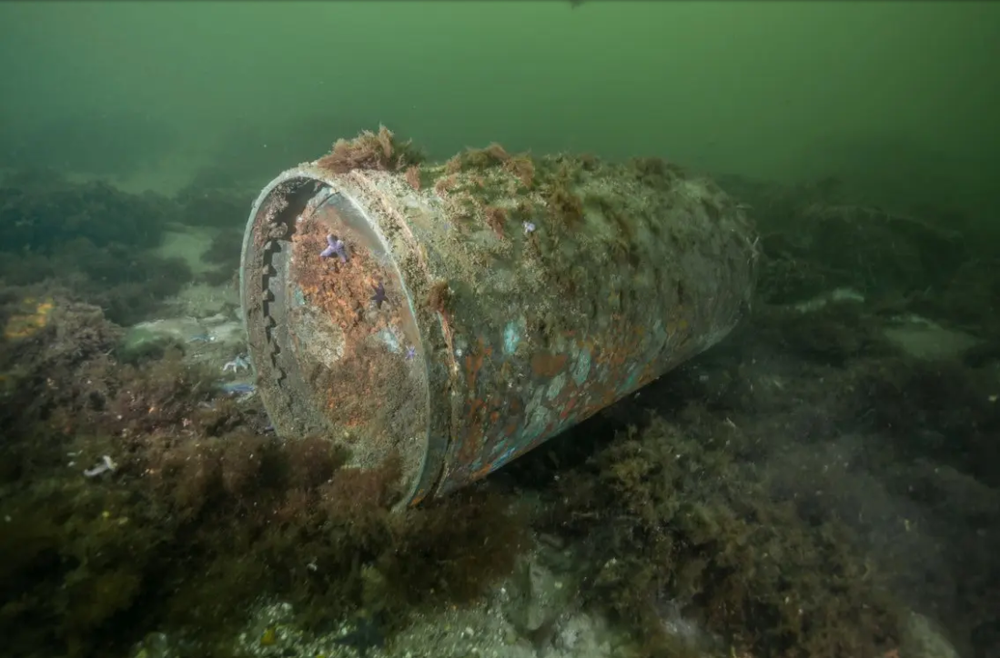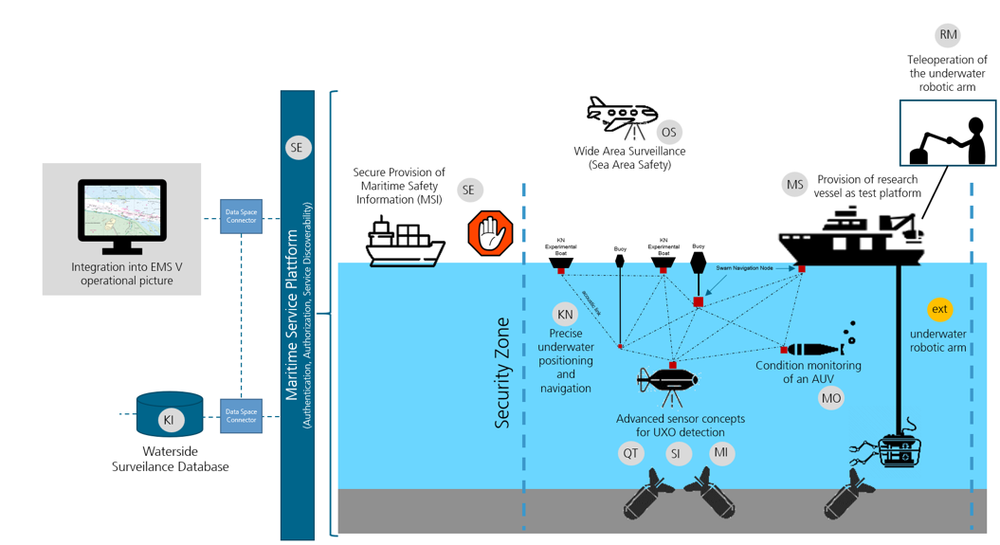WATERSIDE
Project duration: 01 January 2025 - 30 September 2027


Old munitions in the North Sea and Baltic Sea: a challenge for the environment and infrastructure
After the Second World War, large quantities of munitions were dumped in the North Sea and Baltic Sea and disposed of in this way. As the munitions decay and rot, environmentally hazardous substances such as explosives, heavy metals and other toxic substances can be released. These pose a serious threat to marine ecosystems.
In addition, explosive remnants of ammunition harbour considerable risks for the expansion of maritime infrastructure. During the construction of submarine cables, pipelines and offshore wind farms, undiscovered ammunition remnants can delay or jeopardise projects.
Quantum physics meets environmental technology: the "Waterside" project
In the Department of Quantum Nanophysics, we are not only developing the next generation of highly sensitive quantum magnetometers, but are also researching the application of commercially available magnetometers based on quantum technologies for detecting old munitions under water as part of the three-year "WATERSIDE" project.
A central element of our research is an array of eight sensors, which enables precise gradiometry of the magnetic field in all three spatial dimensions. This configuration allows significantly improved suppression of interference signals and thus increases detection accuracy.
Interdisciplinary cooperation for scalable solutions
In cooperation with other DLR institutes throughout Germany, we are investigating which technological concepts are suitable for further development in order to enable reliable detection and classification of old ammunition in the long term. The aim is to lay the foundations for future applications that fulfil both ecological and safety requirements.
